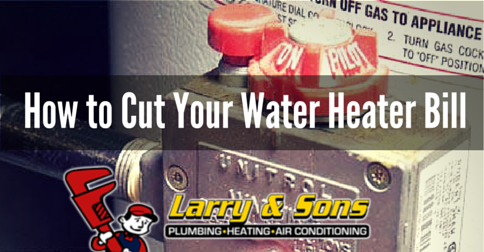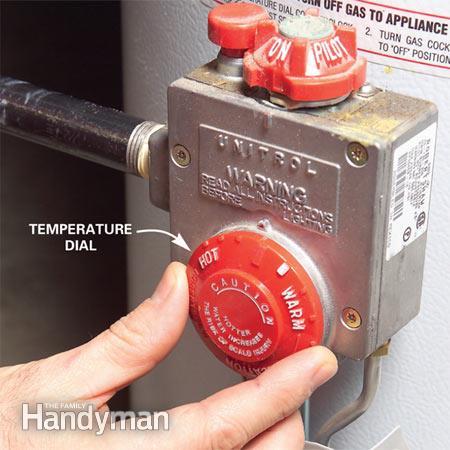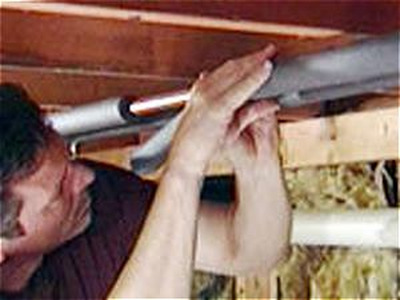You rely on your air conditioner to take care of you and your loved ones when the temperatures are just too much to bear by providing you with cool air when you need it most. Summers are especially toasty, and it’s important that you keep cool and comfortable all the time.
But after many years of working tirelessly to help you maintain a comfortable temperature, your air conditioner is exhausted. It’s possible that it may just need some serious TLC, but there’s also a good chance that you’re in need of an air conditioning replacement.
3 Signs and Symptoms That You Need an Air Conditioning Replacement
1. Age of Your Air Conditioner
Nothing lasts forever, not even an plumbing or air conditioning. If you’re lucky, though, you’ll only have to replace your air conditioner a few times in your life. If your air conditioner or heat pump is older than 10 years, put some serious consideration into having it replaced. Call Larry & Sons today for the most energy-efficient air conditioning replacement options available to you.
It’s been a good run so far, but using an old air conditioner could be costing you more than you think. Replace your old, inefficient air conditioner with a new, energy efficient unit and save up to 20 percent on your cooling costs! Replacing your air conditioner might seem like a daunting and expensive venture, but you’ll notice a decrease in costs and an increase in how comfortable you are.
2. Frequent A/C Repairs
If you’re having to call a technician out frequently for air conditioner repair in Frederick MD, you’ll want to look at the benefits of having it replaced. Don’t take this the wrong way, we love repeat customers, but we care more about saving you money and helping you maintain a comfortable home – in the most efficient way possible.
We hate to see customers constantly drop their hard earned dollars on air conditioning repairs. You’ll find that replacing your current air conditioner with a new Energy Star model will diminish repairs and lower your utility costs!
While an air conditioning replacement will more money upfront, you’ll soon discover that the money you save on frequent repairs and utility costs will actually cover the cost of that installation!
3. Uneven Temperatures
It’s all about a healthy, balanced flow. If one room in your home is consistently hotter or colder than other rooms, have a professional come out and inspect the situation. In some cases, a replacement won’t be required, however, it’s important to address the issue promptly to diagnose the underlying cause.
Uneven heating or cooling is usually due to improper equipment operation, duct problems, or poor insulation. Have a professional inspect the situation to determine what steps you should take in moving forward.
Another thing you can do is use EnergyStar’s HOME ENERGY YARDSTICK tool. If your score is below 5, that means that your home is not very energy efficient and you could probably benefit from an air conditioning replacement and/or other home upgrades.
If you have answered YES to any of the above 3 signs and symptoms, now is the best time for Maryland homeowners to replace their HVAC system.
We are currently offering a HUGE Air Conditioning Replacement Promotion:
At Larry & Sons, we’re equipped to handle all your HVAC problems, no matter how simple or complicated. When you need an air conditioning expert, give us a call.
You can reach us online or at 301-733-5428.
You can also keep in touch with us on Facebook, Twitter, and Google+.



